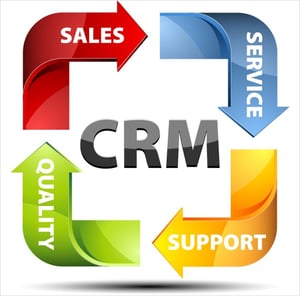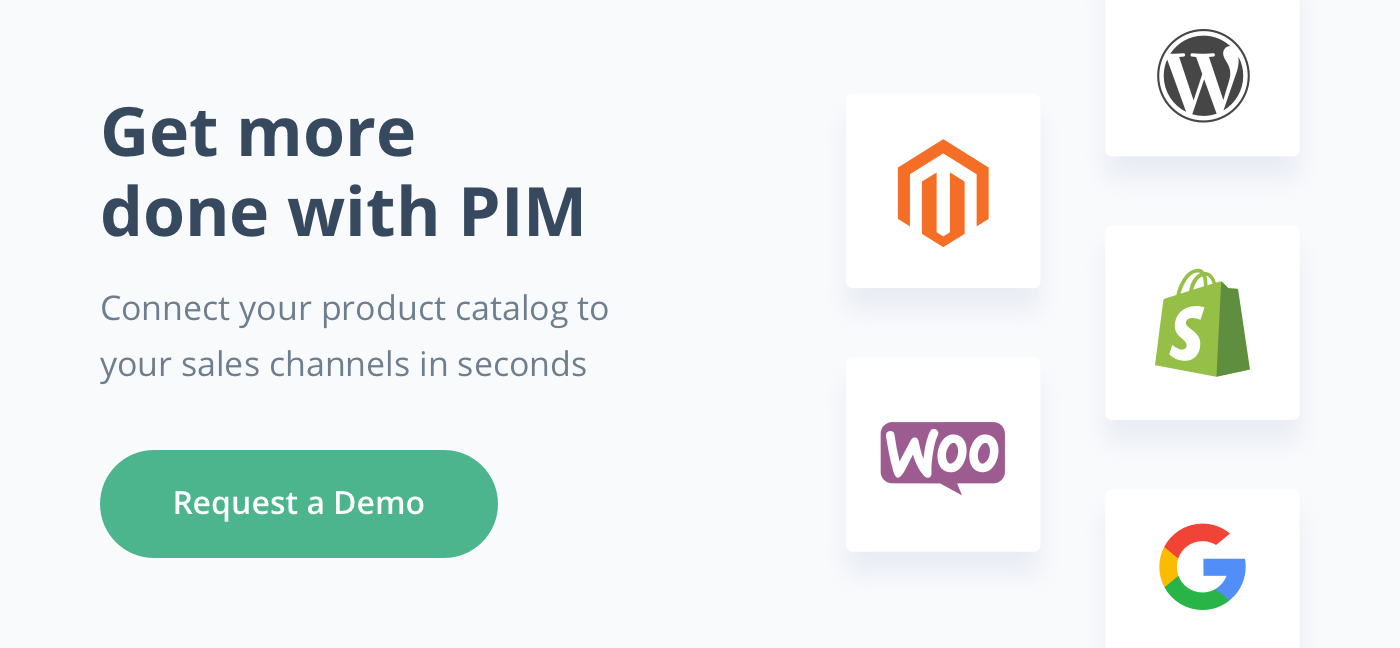
Table of Contents
- Leveraging the power of CRM
- Mapping the customer’s journey
- Align multiple departments
- Create real-time measurements and alerts
In the pursuit of high returns on investment, you have to pay special attention to one extremely crucial factor — your customers. Achieving stellar sales results requires you to craft an Ideal Customer Profile (ICP), which determines the kind of customers who needs and would benefit the most from your offering and earn you high value in return.
If you own a business-to-business (B2B) company, your ICP will be an imagined business organisation. On the other hand, if you have a business-to-consumer (B2C) venture, your ICP will describe the core characteristics or type of customer in detail.
A well-defined ICP helps you to:
- Channel your marketing and sales efforts towards businesses and entities that have an urgent need of your offering and are most likely to buy it.
- Offer your product or service to companies having the highest potential for success after using it. This saves you time and money as you would be focusing on prospects that matter the most.
- Develop lists of buyers to focus on, monitor buying behaviours and patterns from these profiles and cease sales opportunities as and when they appear.
Leveraging the power of CRM
The need of the hour is to create personalised and meaningful experiences that give buyers enough reasons to associate themselves with your brand. To fulfil this need, you need to leverage customer data, which a platform like Salesforce can provide.

Nowadays, every sales-focused company is using Salesforce CRM to support their email marketing efforts, discover valuable customer insights and make sound business decisions. In this context, it becomes essential to throw some light on a few statistics:
- 91% of companies having more than 11 employees use CRM software now.
- 65% of sales representatives who used mobile CRM achieved their sales quotas, while only 22% of them using non-mobile CRM have reached the same targets.
- 74% of businesses say that CRM software allows greater access to customer data.
The above numbers clarify that software like Salesforce for business holds the key to sales success as data from them can be used to target the perfect buyer. As the summer retail season is here, it’s time that you go ahead with Salesforce set up and make the best use of data from the CRM. Here’s how it can help you:
Mapping the customer’s journey
Too many organisations are plunging in action without collecting adequate insights about their customers. They often start mapping their customers’ journey without first understanding where the various points of contact exist, how often customers use them, and how they collaborate and where they face bottlenecks.
You need a CRM that’s capable of providing data on various interactions that customers have with your brand. Information like contact centre data, transactional data, website browsing behaviour, and so on gives you an idea of what the journey would be like for customers. You can act on these data points by following the tips below:
- Segment your customers and identify the process improvements required for each segment.
- Identify the processes that currently matter the most to your customers by leveraging metrics such as search volume, customer satisfaction rates, and so on.
- Align key processes to your CRM strategy goals, which can be customer acquisition and satisfaction, maintaining customer profitability, or taking cross-platform selling and customer retention measures.
- Seek out 'champions' who can oversee these processes and help highlight how important the processes are to people within your organisation.
- Clearly communicate with customers your targets for service, compensation and feedback levels for individual processes to ensure continuous improvement.
Align multiple departments
One way to source customer data is by using a CRM that’s integrated across various customer-facing functions, like marketing, sales and service. Doing so shows how different customers engage with you from these three perspectives.
Your sales team develops a list of leads, from which they identify prospects. This list eventually becomes the focal point for sales reps, who aim to convert each prospect into a paying customer. Meanwhile, your marketing team identifies ways to target leads the best. In the end, your customer service team answers queries, solve problems and processes customers’ requests.
Here are a few tips from CRM experts SalesFix to bring about operational synergy between these departments:
- Define your sales process clearly before moving forward with CRM implementation.
- Set and maintain simple and realistic expectations.
- Eliminate outdated processes and tasks, as these likely are no longer relevant in the current scenario.
- Think about the reports that you will need. You need to understand the source of the data clearly. This will assist you in defining your processes, and assuring that quality data is being captured.
- Get your key stakeholders involved to facilitate organisation-wide adoption of the CRM software.
Get in touch with Salesforce implementation partners, and they will be able to give you an operation CRM that streamlines various business processes and enable you to create the best experience for your customers.
Create real-time measurements and alerts
Last but certainly not least, you can use various data from CRM to track and measure the performance of your sales, marketing and service efforts. Every business exists to meet customers' needs. To know whether or not they can achieve this, they need to leverage CRM data by measuring metrics from time-to-time.
You can use data from Salesforce CRM or any other software to steer your business in new directions, craft loyalty programs and even create new offerings. Before you dive into the usage, make sure you measure these key CRM metrics to achieve CRM success:
- Customer retention rate
- Client satisfaction level
- Marketing ROI
- Lifetime customer value
- Customer acquisition cost
- Visits and orders
- Cross-sale, up-sale, referrals and win-backs
Final thoughts
Knowing how to use CRM metrics can boost sales in the short-term and transform the way you use your system. By using CRM data, you can effectively know the market segment and reach your existing customers through meaningful, personalised experiences. It can indeed increase your business’ productivity and profitability.



.png?width=520&name=Blog%20Partner%20(3).png)

.png?width=520&name=Blog%20Partner%20(1).png)


